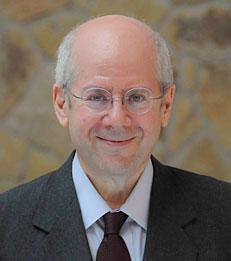Opinion
Banking the Masses: 2018 Edition
—


While substantial disparities persist across demographic groups, some of the most disadvantaged are witnessing rapid gains.
By Kim Schoenholtz and Stephen Cecchetti
“Financial inclusion is not an end in itself but a means to an end…”
—The Global Findex Database 2017 (Demirgüç-Kunt et al. 2017: 80)
The two leading financial trends of our time are the integration of digital technology and the advance of financial inclusion. The latter involves both provision of access to those who have no account (the ‘unbanked’) and increased usage of financial services by those with a tenuous link to the formal system (the ‘underbanked’). A combination of swift technological change and government promotion is speeding the rise of inclusion.
Six years ago, the World Bank estimated that roughly 2.5 billion adults (aged 15 or older) had no bank deposit, no formal credit, and no means of payment other than cash or barter. Stunningly, in its new Global Findex Database 2017, the Bank now estimates that the number of unbanked adults has plummeted to 1.7 billion. Over the past six years, more than 1.2 billion adults have gained at least basic financial access through a financial institution or their mobile phone.
Read the full VoxEU article.
___
Kim Schoenholtz is the Henry Kaufman Professor of the History of Financial Institutions and Markets in the Economics Department and Director of the Center for Global Economy and Business.
—The Global Findex Database 2017 (Demirgüç-Kunt et al. 2017: 80)
The two leading financial trends of our time are the integration of digital technology and the advance of financial inclusion. The latter involves both provision of access to those who have no account (the ‘unbanked’) and increased usage of financial services by those with a tenuous link to the formal system (the ‘underbanked’). A combination of swift technological change and government promotion is speeding the rise of inclusion.
Six years ago, the World Bank estimated that roughly 2.5 billion adults (aged 15 or older) had no bank deposit, no formal credit, and no means of payment other than cash or barter. Stunningly, in its new Global Findex Database 2017, the Bank now estimates that the number of unbanked adults has plummeted to 1.7 billion. Over the past six years, more than 1.2 billion adults have gained at least basic financial access through a financial institution or their mobile phone.
Read the full VoxEU article.
___
Kim Schoenholtz is the Henry Kaufman Professor of the History of Financial Institutions and Markets in the Economics Department and Director of the Center for Global Economy and Business.
